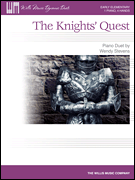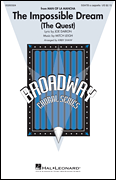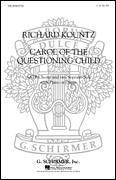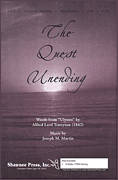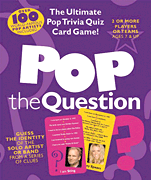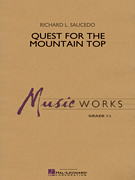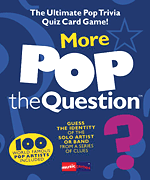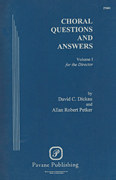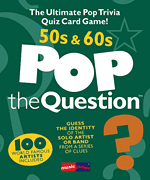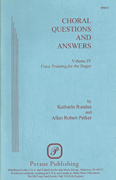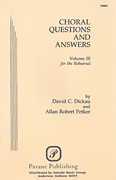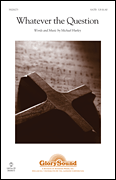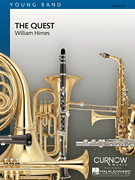Search Results for: “The Quest”
Loading...
The Impossible Dream (The Quest) View 104 Products
The Question View 20 Products
Question View 5 Products
How Deep Is The Question View 5 Products
The Quest View 4 Products
Whatever The Question View 3 Products
There Are More Questions Than Answers View 3 Products
The Quest View 2 Products
...the Quest For Peace... View 2 Products
The Knights' Quest View 2 Products
Quest For The Mountain Top View 2 Products
Questions For The Angels View 2 Products
Out Of The Question View 2 Products
Carols Of The Quest View 1 Product
Sea-Quest, The View 1 Product
A-Oo (The Quest) View 1 Product
The Quest (Schoonenbeek) View 1 Product
Devil's Questions, The View 1 Product
Pregunta (The Question) View 1 Product
Question, The (Schubert) View 1 Product
